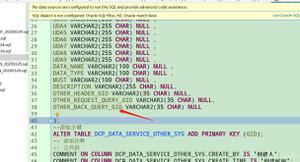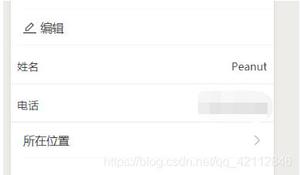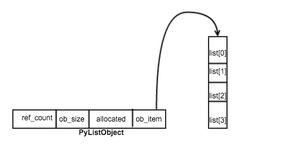在Python的列表中查找缺少的元素
如果我们有一个包含数字的列表,我们可以检查数字是否连续,并以最高数字为最终值来查找一系列数字中缺少的数字。
有范围和最大值
我们可以设计一个for循环,使用not in运算符检查范围内是否缺少值。然后通过将所有这些值添加到新列表中(成为结果集)来捕获所有这些值。
示例
listA = [1,5,6, 7,11,14]# Original list
print("Given list : ",listA)
# using range and max
res = [ele for ele in range(max(listA) + 1) if ele not in listA]
# Result
print("Missing elements from the list : \n" ,res)
输出结果
运行上面的代码给我们以下结果-
Given list : [1, 5, 6, 7, 11, 14]Missing elements from the list :
[0, 2, 3, 4, 8, 9, 10, 12, 13]
套装
我们应用set函数来保存给定范围内的所有唯一值,然后从中减去给定列表。因此,这给出了包含来自连续数字的缺失值的结果集。
示例
listA = [1,5,6, 7,11,14]# printing original list
print("Given list : ",listA)
# using set
res = list(set(range(max(listA) + 1)) - set(listA))
# Result
print("Missing elements from the list : \n" ,res)
输出结果
运行上面的代码给我们以下结果-
Given list : [1, 5, 6, 7, 11, 14]Missing elements from the list :
[0, 2, 3, 4, 8, 9, 10, 12, 13]
以上是 在Python的列表中查找缺少的元素 的全部内容, 来源链接: utcz.com/z/326543.html





